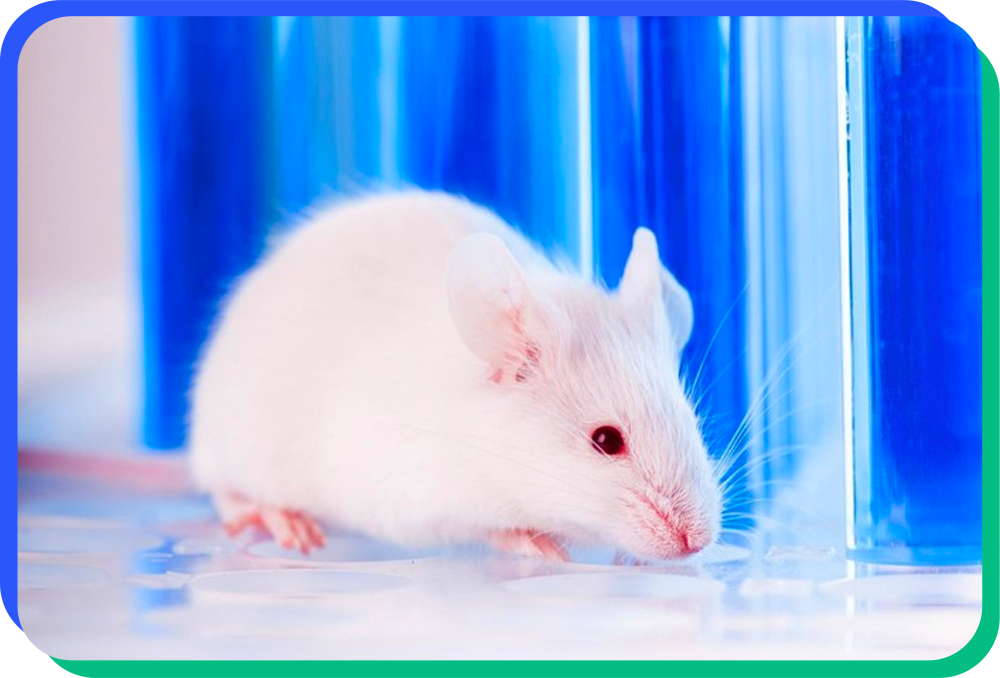Medicinal Chemistry and Drug Discovery
Medicinal Chemistry
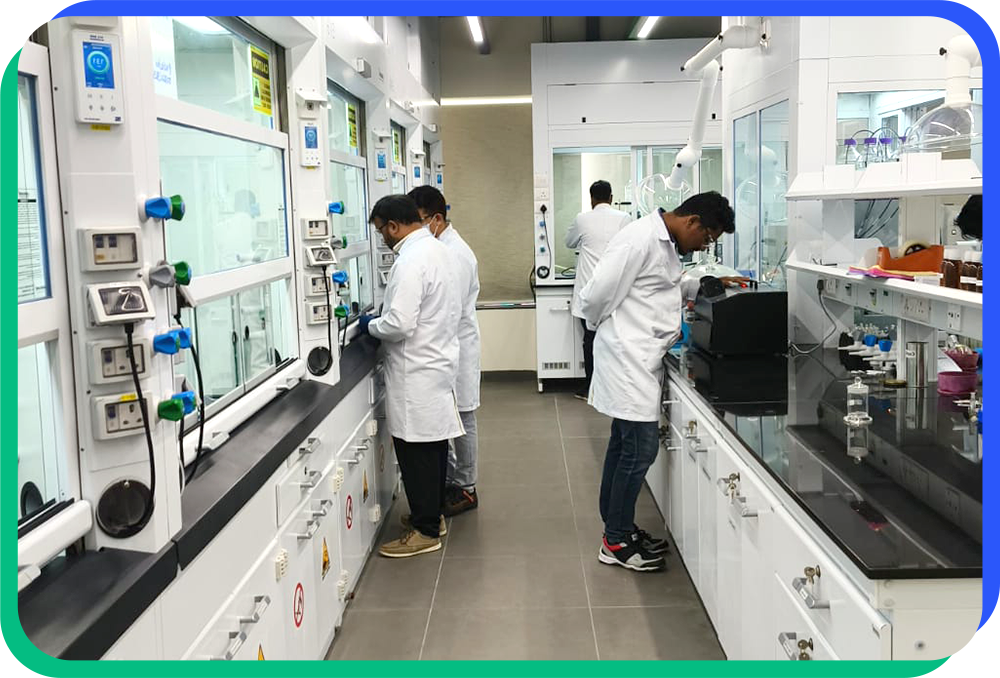
Leveraging insights from Aryastha’s experience in honing the drug discovery process, a key improvement involves conducting more in vivo testing at an earlier stage. This advancement empowers medicinal chemists to champion their potential drug candidates. These medicinal chemists are essential team members of interdisciplinary groups, adept at foreseeing challenges in transitioning in vitro activity to in vivo and driving the project forward.
When a promising ‘HIT’ is identified, the medicinal chemist strategizes to explore the SARs within a structural compound family, thus optimizing desired biological activities. The medicinal chemist is also primarily responsible for establishing the hit compound’s effectiveness in a suitable preclinical model. This task is one of the most challenging phases involving a comprehensive study of LEAD compounds to comprehend absorption, in vivo distribution, metabolism rate, and excretion (ADME). The ultimate objective during this stage is to optimize the compound’s effectiveness while minimizing any potential adverse effects within the animal model.

Leveraging insights from Aryastha’s experience in honing the drug discovery process, a key improvement involves conducting more in vivo testing at an earlier stage. This advancement empowers medicinal chemists to champion their potential drug candidates. These medicinal chemists are essential team members of interdisciplinary groups, adept at foreseeing challenges in transitioning in vitro activity to in vivo and driving the project forward.
When a promising ‘HIT’ is identified, the medicinal chemist strategizes to explore the SARs within a structural compound family, thus optimizing desired biological activities. The medicinal chemist is also primarily responsible for establishing the hit compound’s effectiveness in a suitable preclinical model. This task is one of the most challenging phases involving a comprehensive study of LEAD compounds to comprehend absorption, in vivo distribution, metabolism rate, and excretion (ADME). The ultimate objective during this stage is to optimize the compound’s effectiveness while minimizing any potential adverse effects within the animal model.
Addressing pharmacokinetic challenges through innovative approaches
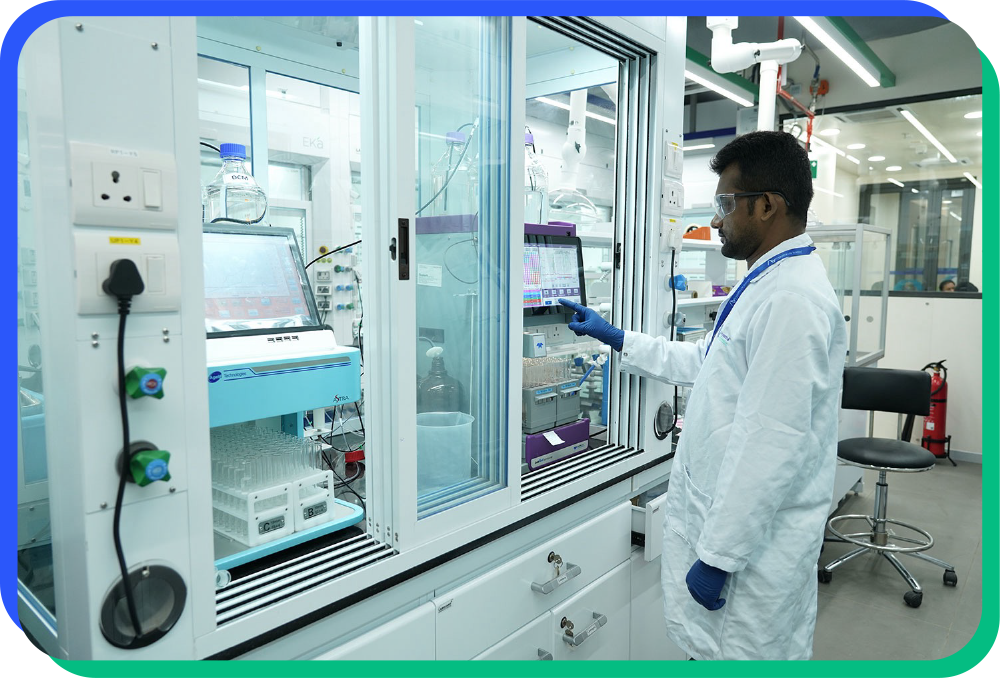

Aryastha's Pursuit of Drug-Like Compounds
- Designing compounds with drug-like properties
- In vitro assessments of toxicity
- Syncing animal and In vitro testing
A strategic approach to tackle how drugs within the body involve predicting and designing compounds with drug-like properties. Compounds that are highly lipophilic and have high molecular mass often exhibit potent in vitro activity by keeping water away from the enzyme or receptor surface, allowing additional hydrophobic interactions.
Additionally, these compounds typically lack drug like properties due to their limited solubility in water, off-target activity due to promiscuous nature of the compound. Further, leading to inadequate pharmacokinetics and oral absorption.
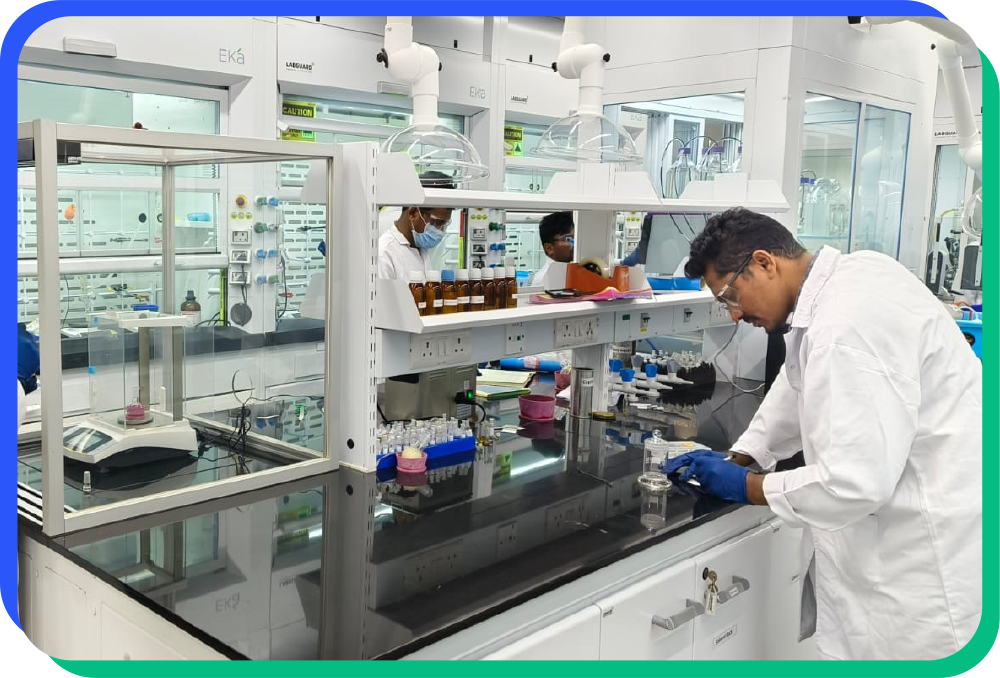
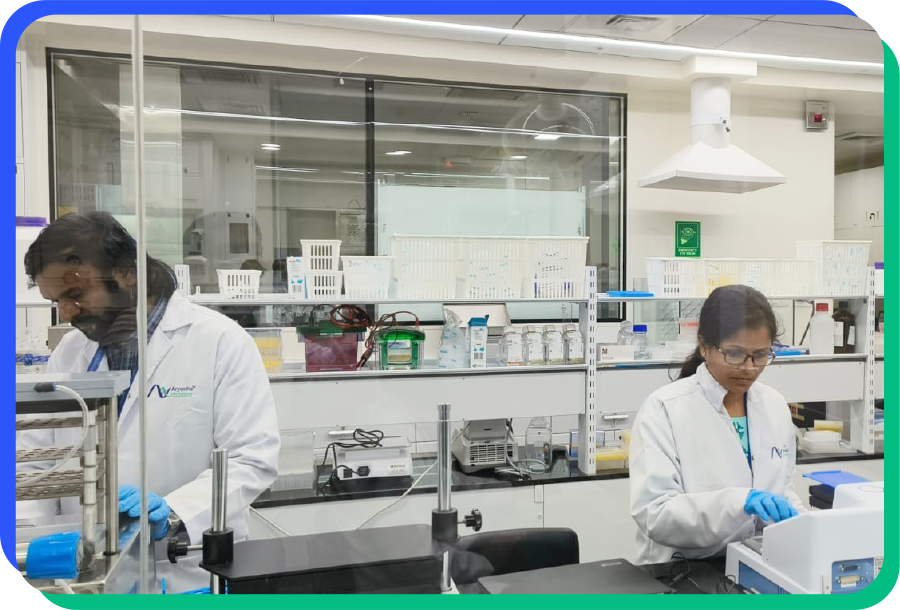
In the early stages of drug discovery, synchronizing animal testing with in vitro evaluations offers a distinct advantage. Additionally, correlating In vitro pharmacokinetics assessments with animal testing data can establish a solid foundation for chemists to address pharmacokinetic challenges.
This approach also aids in identifying lead compounds based on their promising In vitro activities or pharmacokinetic attributes that might have been disregarded solely based on In vitro testing outcomes.
